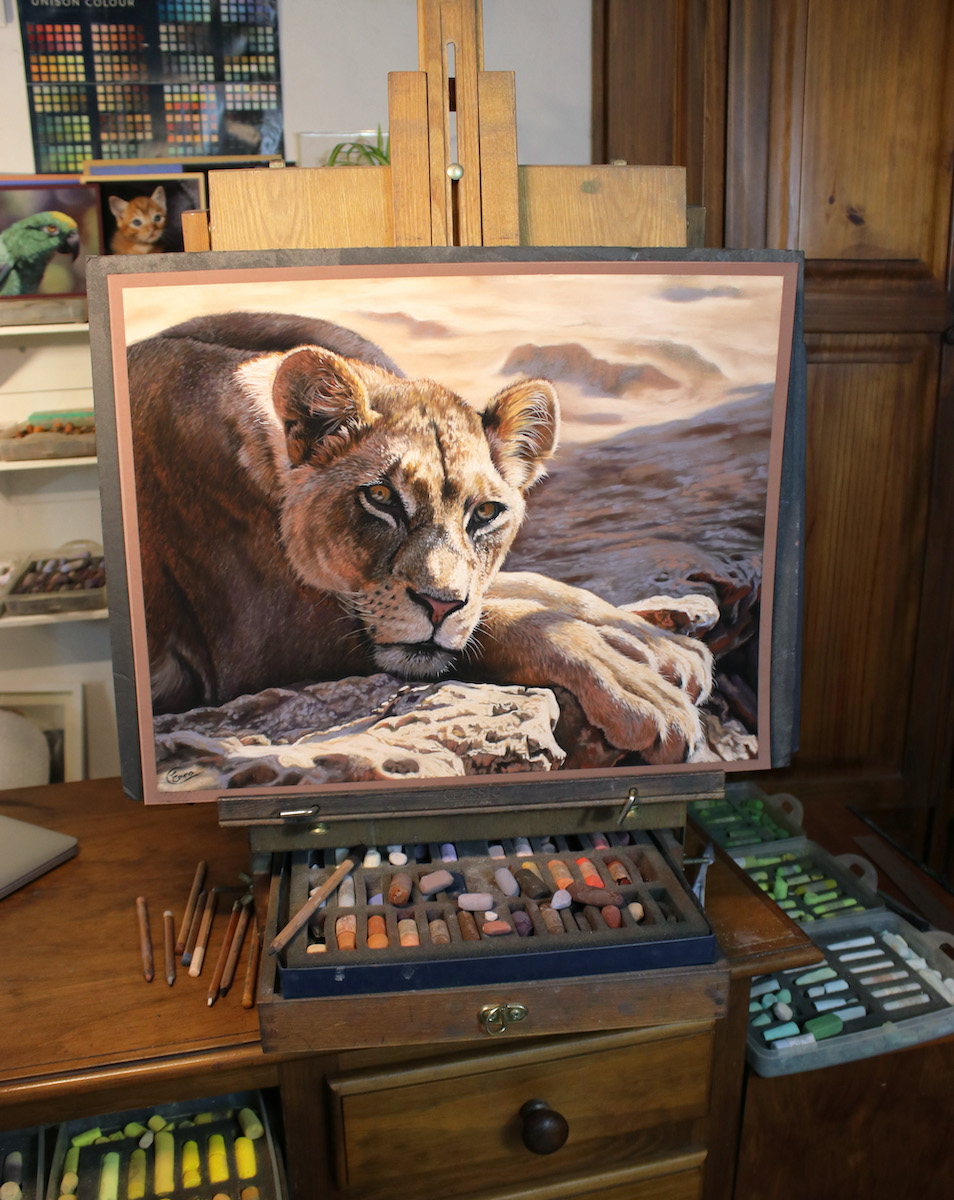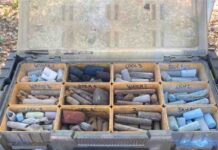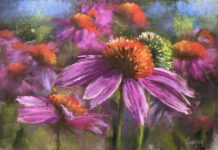
Emma Colbert’s passion for art began when she was still a child and looked up to her older sister – 11 years her senior, an academic art student and her first mentor – with admiration. Her sister taught her artistic techniques with rigor and discipline.
Pet portraiture caught her attention and made her realize that this was her path. “It’s really nice because you’re always giving people something that makes them so happy or emotional,” she said.

Unlike her sister, who painted primarily in oils, Emma found in pastel the immediacy and brilliance necessary to meet her preferences in the realistic definition of subjects.
“When I first discovered pastel, it ticked all the boxes for me,” she said. “I could work how I wanted to, and I could layer colors in a very similar way as to how I did with oil paints.”
Favorite Subjects
Her favorite subjects are both wild animals immersed in the extraordinary bucolic landscapes to which they belong and domestic animals, mostly commissioned by their owners to celebrate their faithful friends.

Colbert has a special fascination with dogs and cats; she realizes them with an intensity of expression equal to the essence of these animals, so similar and so different. “I feel so at home painting dogs,” she says. “I also like to paint cats, which by their nature are affectionate, but tend to be more independent.”
Animal Behavior
Unlike an ethologist who scientifically studies animal behavior, Emma uses pastels as a means of investigating animal behavior and beauty, which she captures in the myriad shades of fur, different from animal to animal and subject to subject.

The effect of movement with which the artist fixes her subjects on paper, forever capturing an action or an expression is also of particular value because although they are imprinted on paper, they are in perpetual, eternal, movement for the viewer.
Like an ethologist, she creates the animal profile first through drawing – skills the artist considers fundamental to the creation of a credible composition – and then through the use of pastels, which she uses differently depending on the stages of the painting’s creation.
Artist’s Process
She usually puts pigment on in quite thin layers. Other times, if she wants a very definite mark, she adds it with more pressure. She will rub a layer in and then bring the next layer in so everything gets added and built up gradually.

“Doing it in this way, the surface of it is never overburdened by pigment that could just fall off of your painting,” said the artist, who will offer many interesting tips and tricks on how to paint fur and emotionally rich animals in her demonstration session during the 4th edition of Pastel Live, online September 18-20, 2024.



